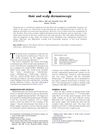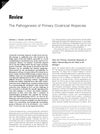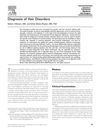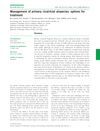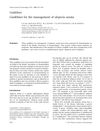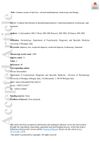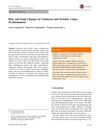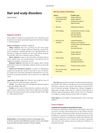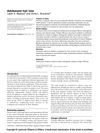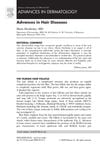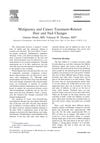Hair Loss in Hospital Medicine: A Practical Guide
July 2012
in “
British journal of hospital medicine
”
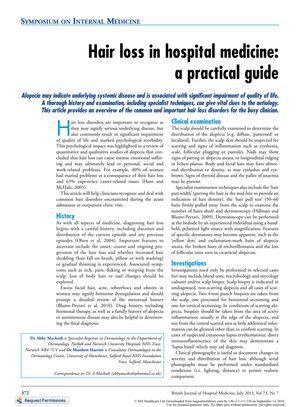
TLDR The guide helps clinicians diagnose and manage hair loss, detailing examination techniques and treatments for different types of alopecia.
The document from July 2012 serves as a guide for clinicians to diagnose and manage hair loss disorders in hospital settings, highlighting the psychological impact of alopecia and the importance of a thorough clinical examination. It details the clinical examination techniques, such as the 'hair pull test' and dermatoscopy, and when to perform further investigations. The guide reviews various alopecia types, including telogen effluvium, anagen effluvium, and alopecia areata, providing a table of clinical findings and management strategies. For alopecia areata, it suggests treatments based on the extent of scalp involvement, with topical corticosteroids and intra-lesional corticosteroid injections among the options. Female pattern hair loss is best treated with topical minoxidil, while cicatricial alopecias require treatments to halt progression. Infective causes like tinea capitis and alopecia syphilitica need targeted treatments. Traction alopecia and trichotillomania are also discussed, with recommendations for treatment and patient support. The document calls for more research to improve understanding and treatment of hair loss conditions.

